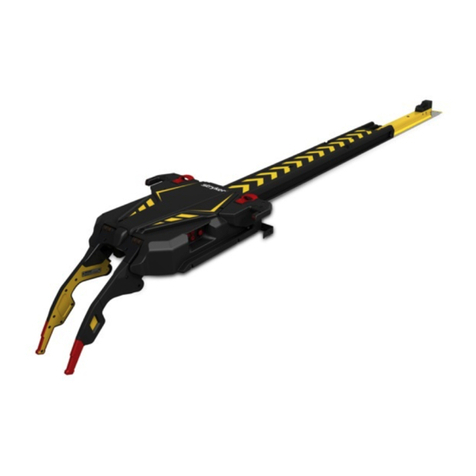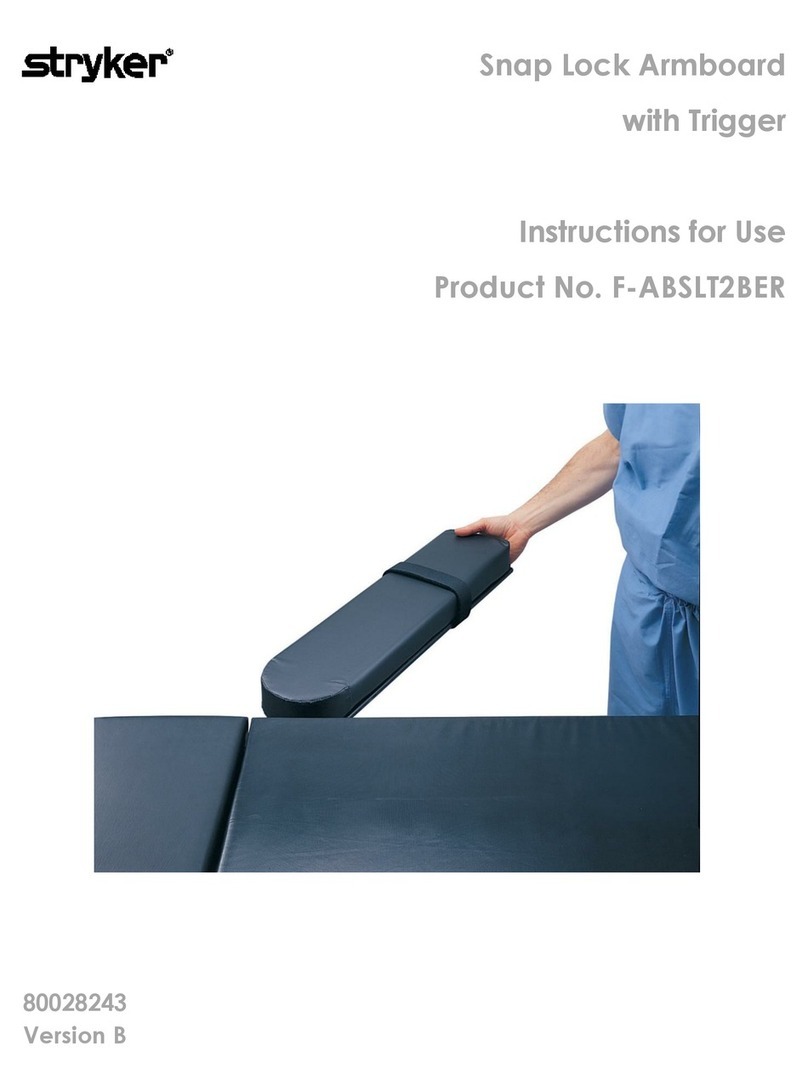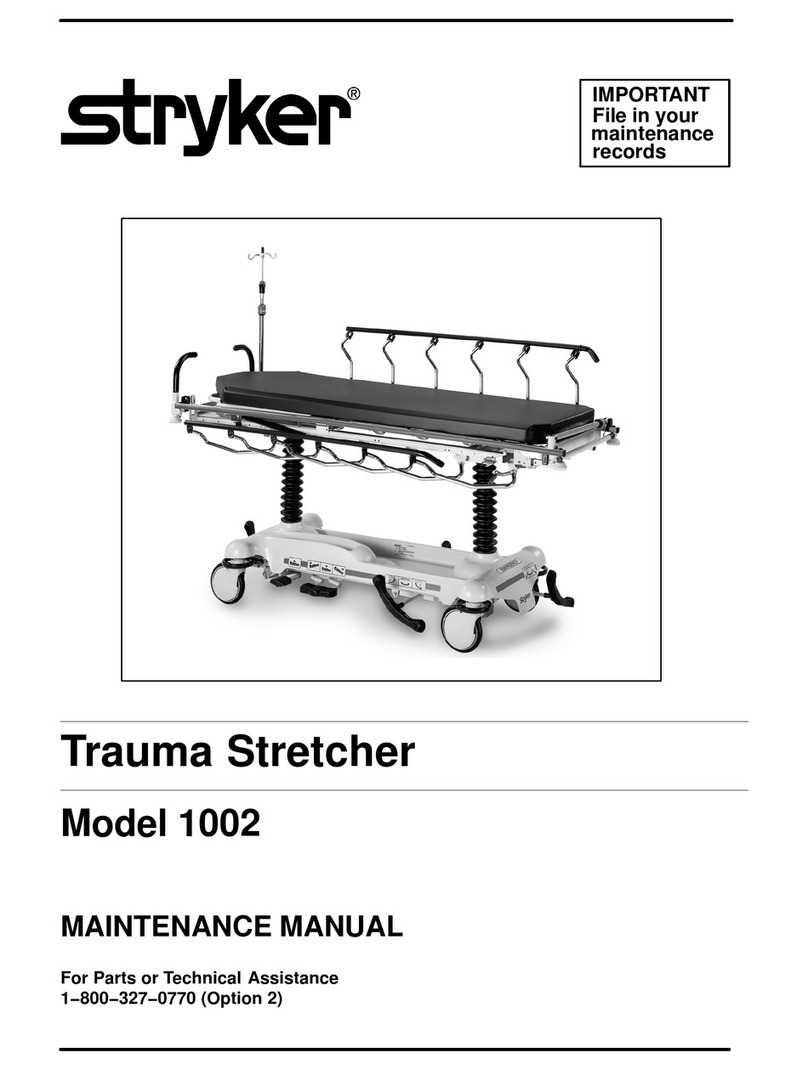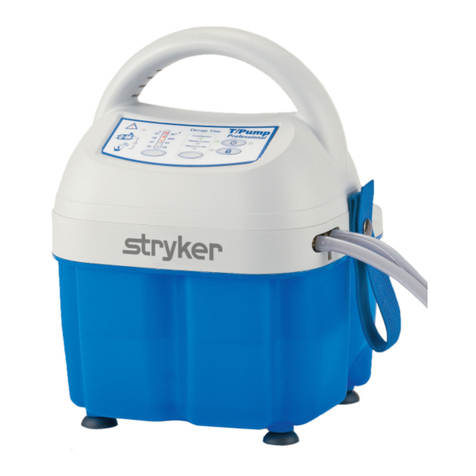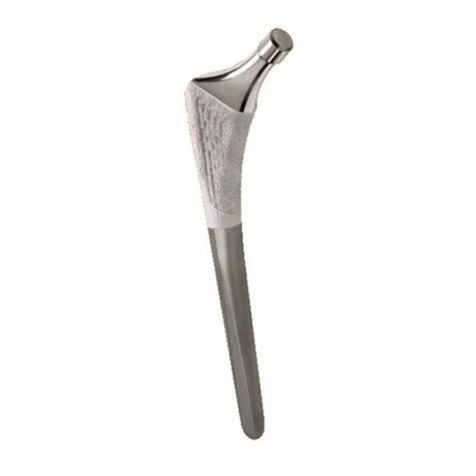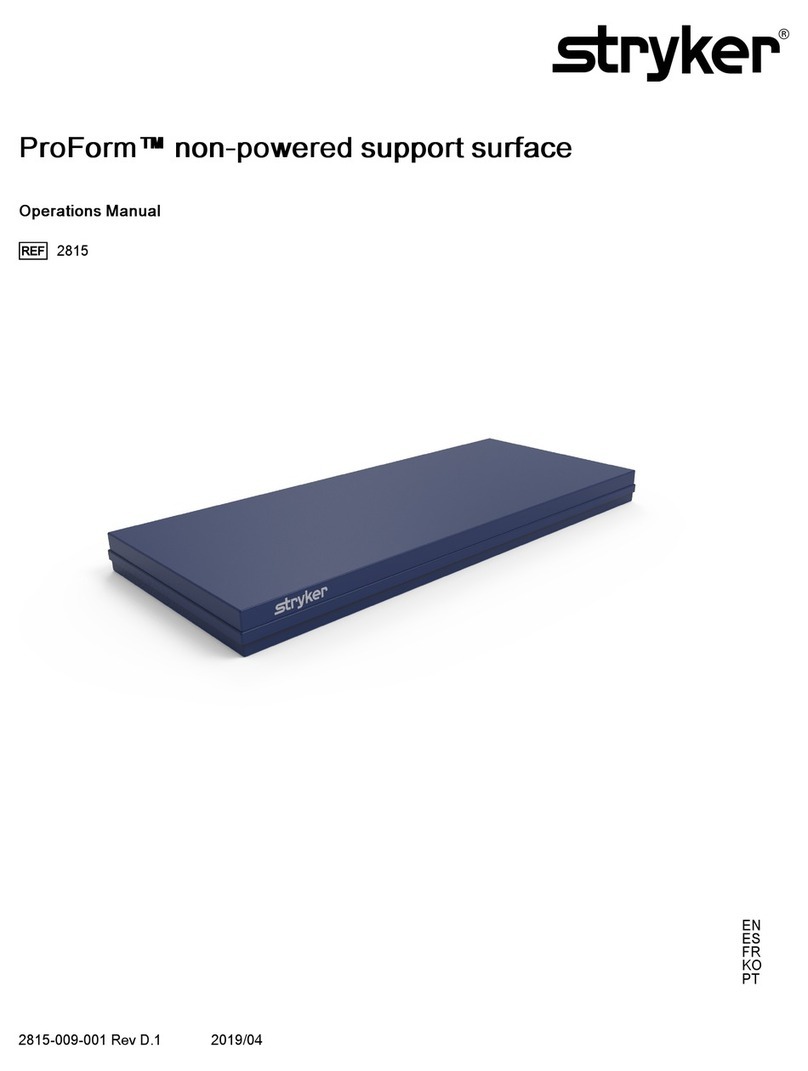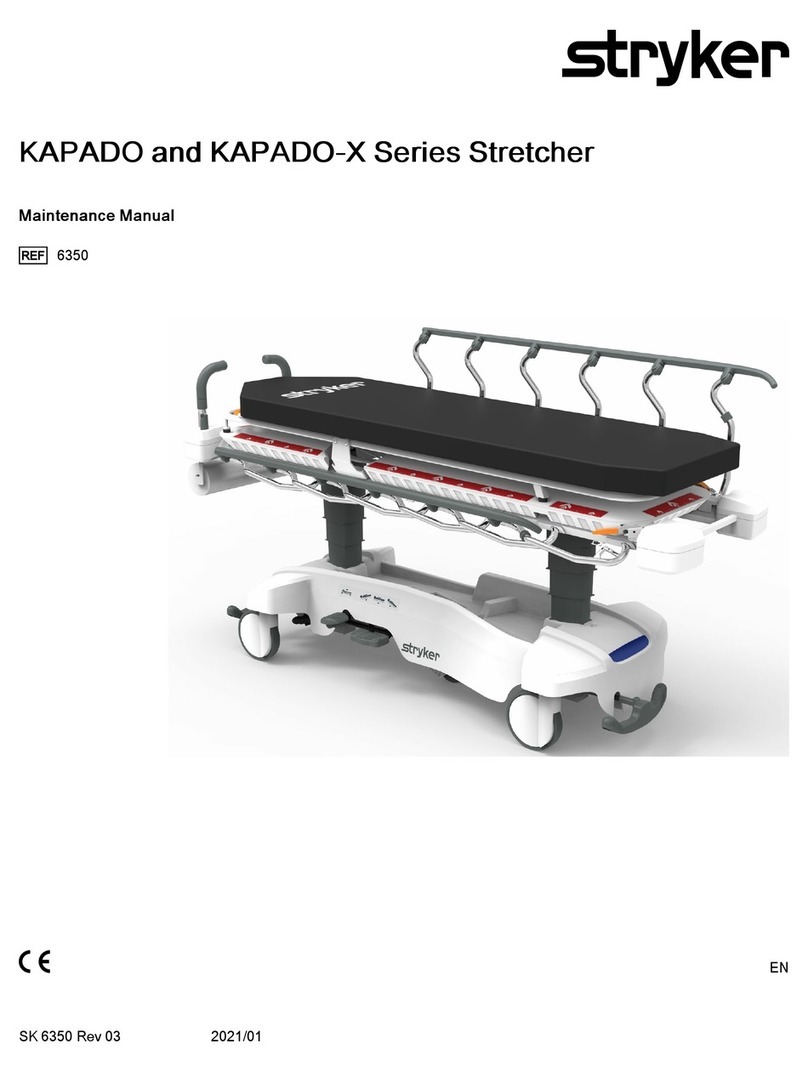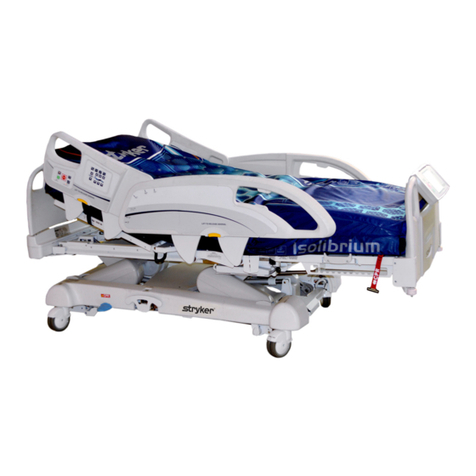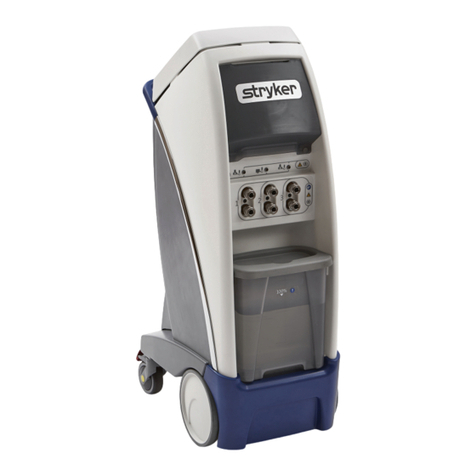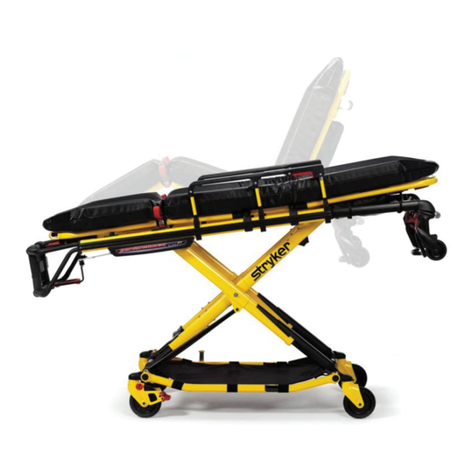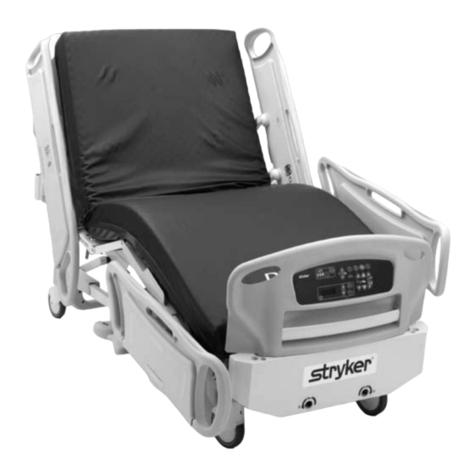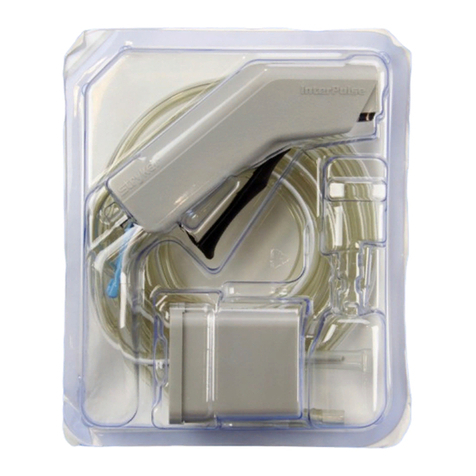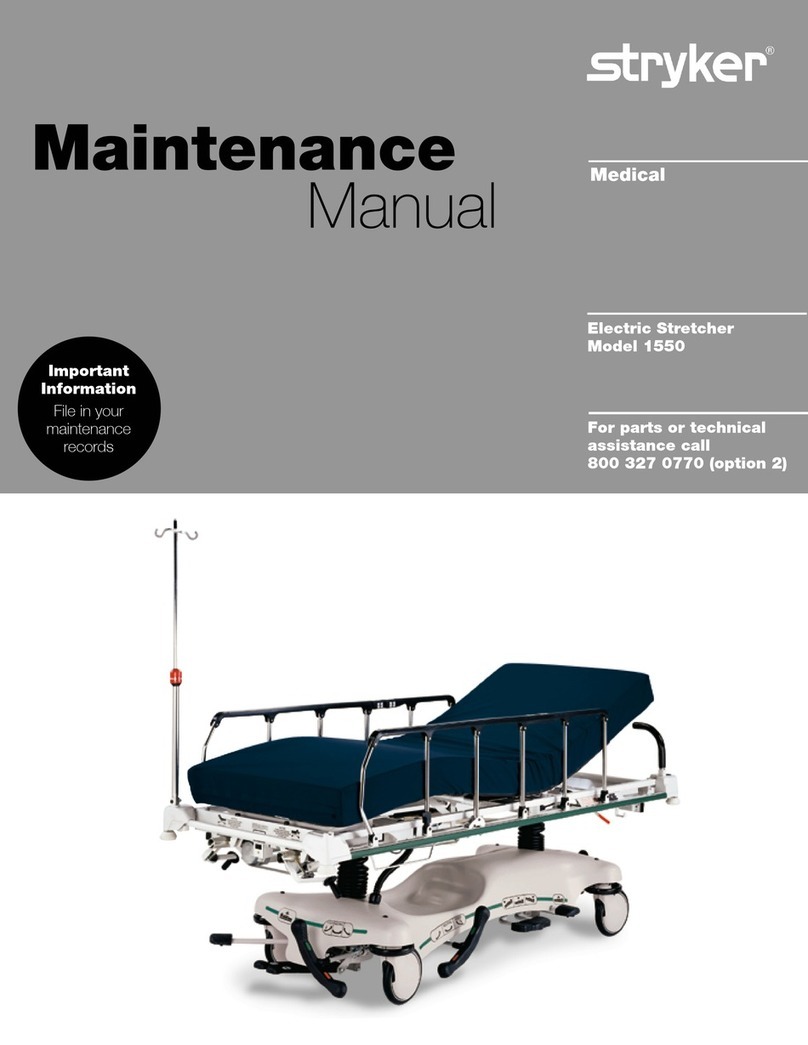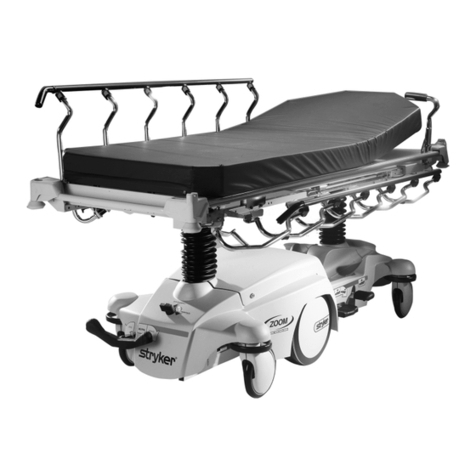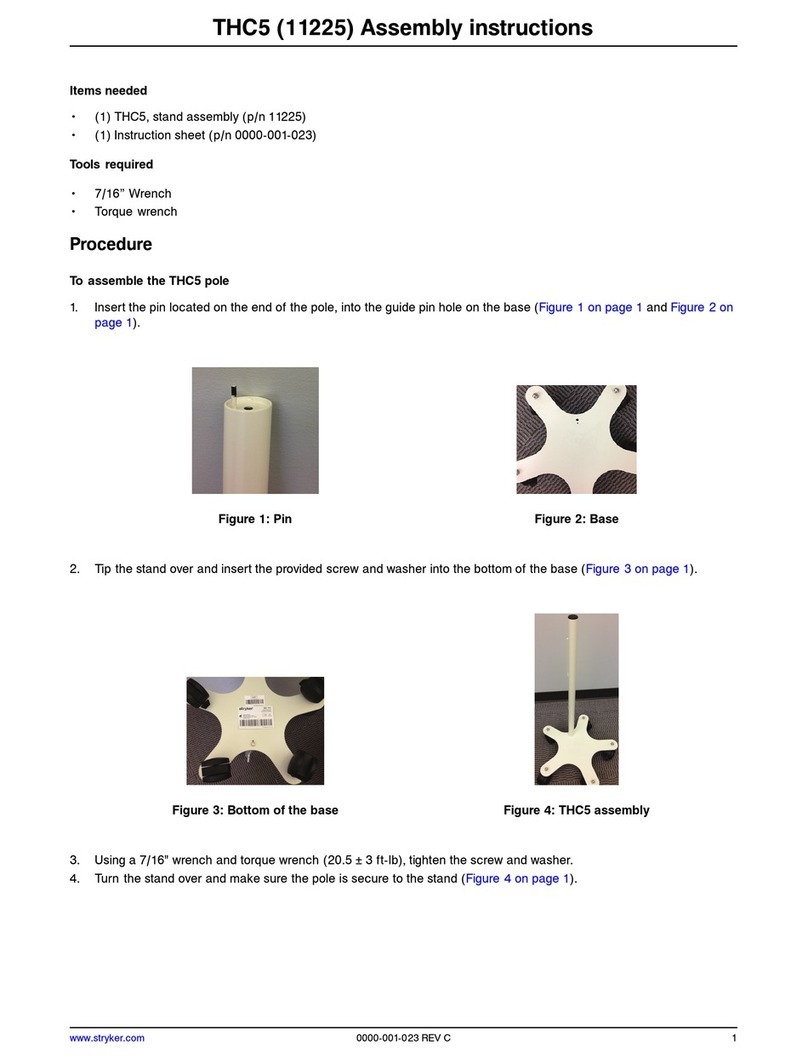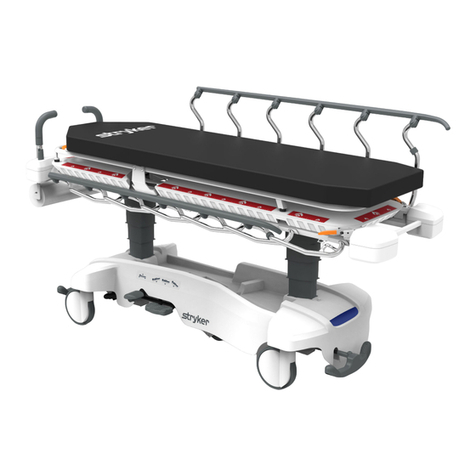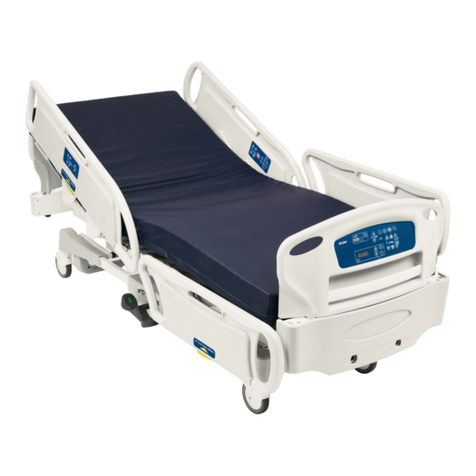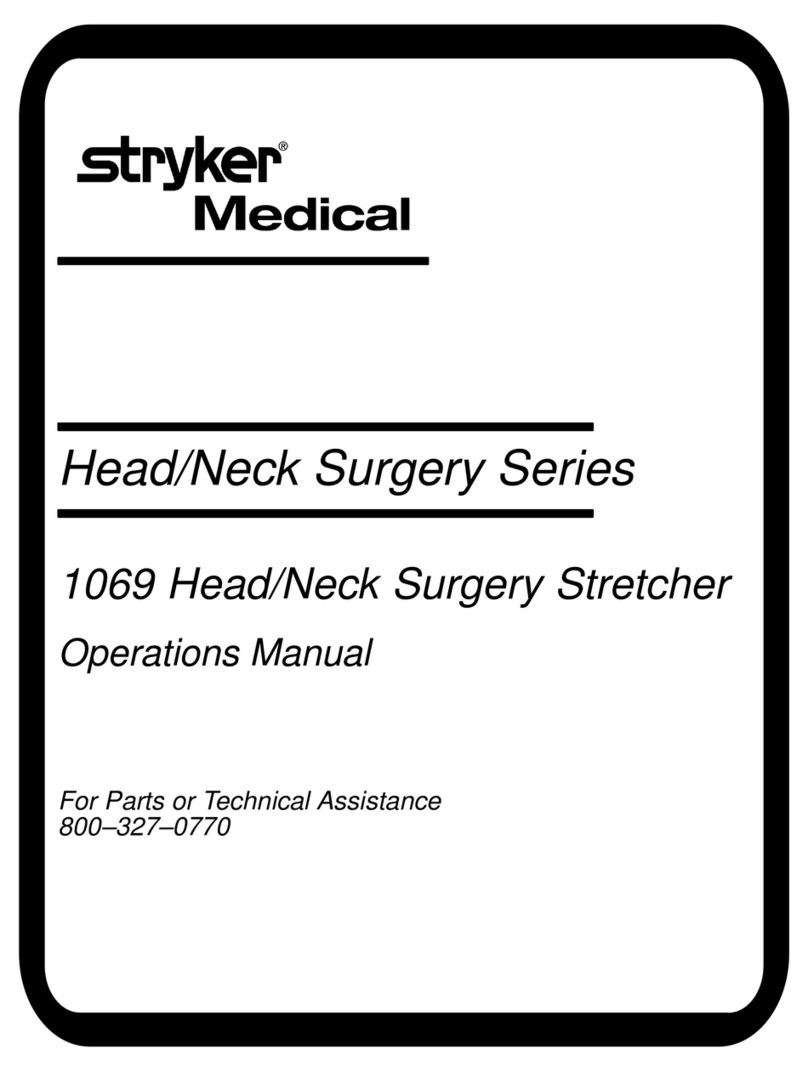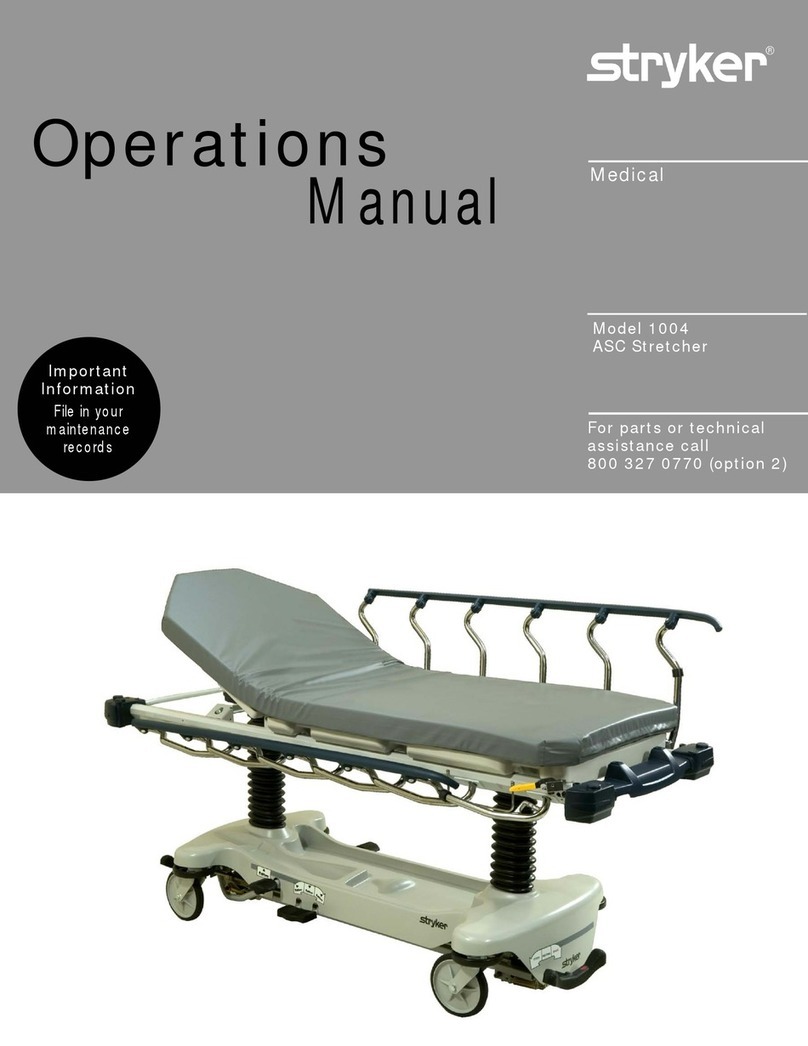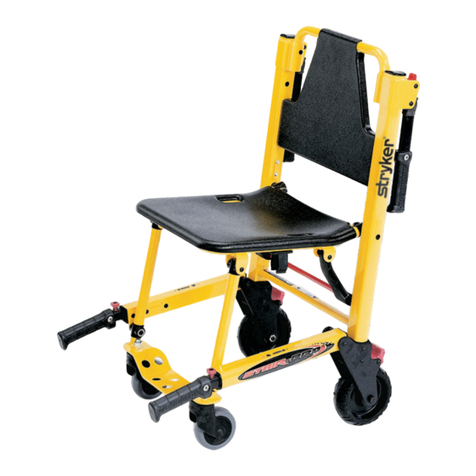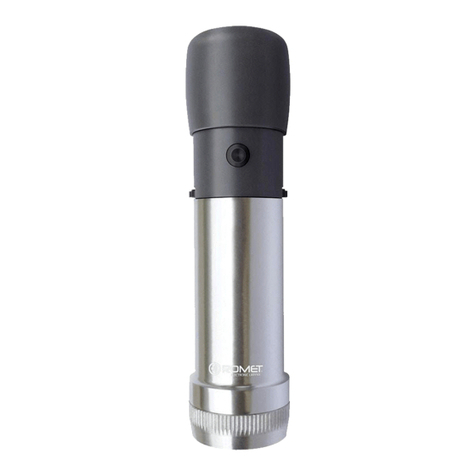
TTaabbllee ooff CCoonntteennttss
Warning/Caution/Note Definition ..............................................................................................................................3
Summary of safety precautions ................................................................................................................................3
Pinch points .......................................................................................................................................................6
Introduction ...............................................................................................................................................................7
Product description .................................................................................................................................................7
Indications for use...................................................................................................................................................7
Clinical benefits ......................................................................................................................................................7
Contraindications ....................................................................................................................................................8
Expected service life ...............................................................................................................................................8
Disposal/recycle .....................................................................................................................................................8
Specifications .........................................................................................................................................................8
Standards with required options .............................................................................................................................10
Product illustration ................................................................................................................................................10
Contact information...............................................................................................................................................11
Serial number location...........................................................................................................................................11
Date of manufacture..............................................................................................................................................11
Setup.......................................................................................................................................................................12
Cot compatibility ...................................................................................................................................................12
Installation...............................................................................................................................................................13
Quality system regulation ......................................................................................................................................13
21 CFR 820.170 installation...................................................................................................................................13
Power-LOAD assembly installation components checklist ........................................................................................13
Installing the floor plate..........................................................................................................................................14
Installing Power-LOAD ..........................................................................................................................................14
Installing the battery ..............................................................................................................................................24
Installation checklist................................................................................................................................................25
Installation verification ............................................................................................................................................27
Operation ................................................................................................................................................................28
User controls and LED indicators ...........................................................................................................................28
Trolley head end LED indicators.............................................................................................................................30
Manual user controls ............................................................................................................................................. 31
Operating guidelines .............................................................................................................................................32
Raising, lowering, or releasing the cot with power ....................................................................................................32
Checking the battery power level............................................................................................................................33
Loading and unloading with powered operations .....................................................................................................34
Loading Power-LOAD with powered operations ..................................................................................................34
Unloading Power-LOAD with powered operations...............................................................................................35
Loading and unloading with manual operations .......................................................................................................35
Loading Power-LOAD with manual operations....................................................................................................36
Unloading Power-LOAD with manual operations.................................................................................................36
Checking the battery power level on the Power-LOAD control panel .........................................................................37
Charging the battery..............................................................................................................................................37
Storing Power-LOAD.............................................................................................................................................37
Setting the cot load height .....................................................................................................................................37
Using a non-upgraded X-frame cot for a mass casualty incident ...............................................................................37
Extending Power-LOAD from the vehicle without a cot.............................................................................................38
Loading a Performance-PRO cot into a vehicle with the Power-LOAD option .............................................................38
Unloading a Performance-PRO cot from a vehicle with Power-LOAD option ..............................................................40
Loading a Power-PRO cot into a vehicle with the Power-LOAD option.......................................................................41
Unloading a Power-PRO cot from a vehicle with Power-LOAD option........................................................................42
Unloading a cot from a vehicle manually after loading with Power-LOAD (Power-LOAD power loss or system
error)....................................................................................................................................................................43
Loading a cot into a vehicle manually after a powered cot fastener power loss or system error....................................45
Unloading a cot from a vehicle manually .................................................................................................................46
6390-709-001 Rev AB.1 1 EN

